by Nick Drew | Wed 29 May 2013
Veteran machines take us back in time at MaskinExpo
In the corner plot where Volvo normally have their stand at MaskinExpo, a group of machinery enthusiasts from the Munktell Museum, together with Sweden Vagmuseum and the Scania Museum, put on a display of road building in the 1900ís. I thought this was fantastic, in contrast to all the modern technology that was on offer around the other parts of the show ground.
This machine, which was busy trimming off soil in preparation for some stone, was apparently Sweden’s first ever Caterpillar motor grader, which was imported into the country in 1938. A fine piece of vintage equipment and a real credit to its owner, whom I believe was at the controls on the day of my visit. This classic grader was depositing the material at the bottom of the cut where it was loaded onto a truck by a Brothers Lundberg loader.
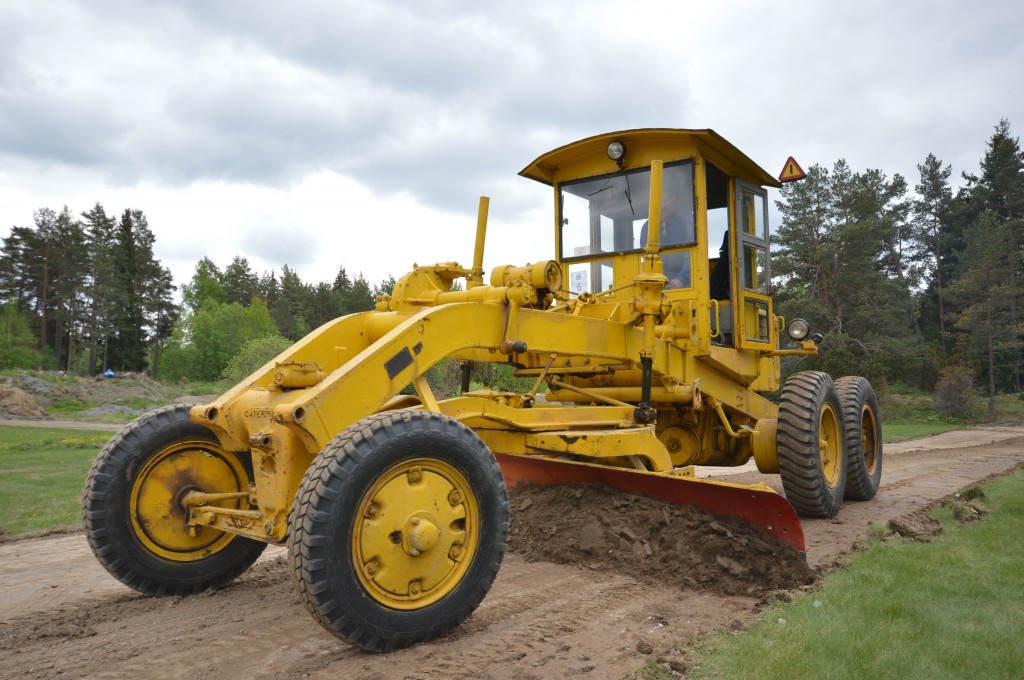
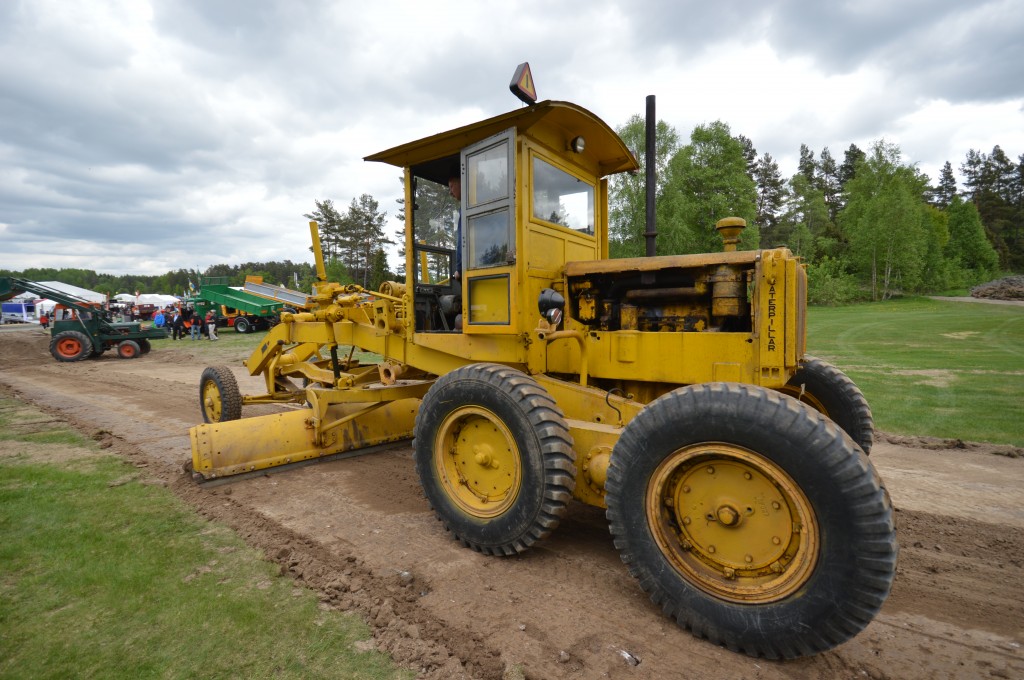
This BL-loader was manufactured in 1954, and incredibly, is marked with the serial number 1. The BL-loader concept was the company’s earliest attempt at manufacturing a wheeled loading shovel, and is based on a 35hp Bolinder-Munktell BM35 tractor unit. The machine looked to be a bit of a handful to operate, and it’s not the most pleasant looking of machines. Even back in those days the Swedes were extremely innovative with their product applications. This machine was equipped with a quick coupler to facilitate the fitment of a variety of work tools including timber forks and angle blades for snow clearance work. 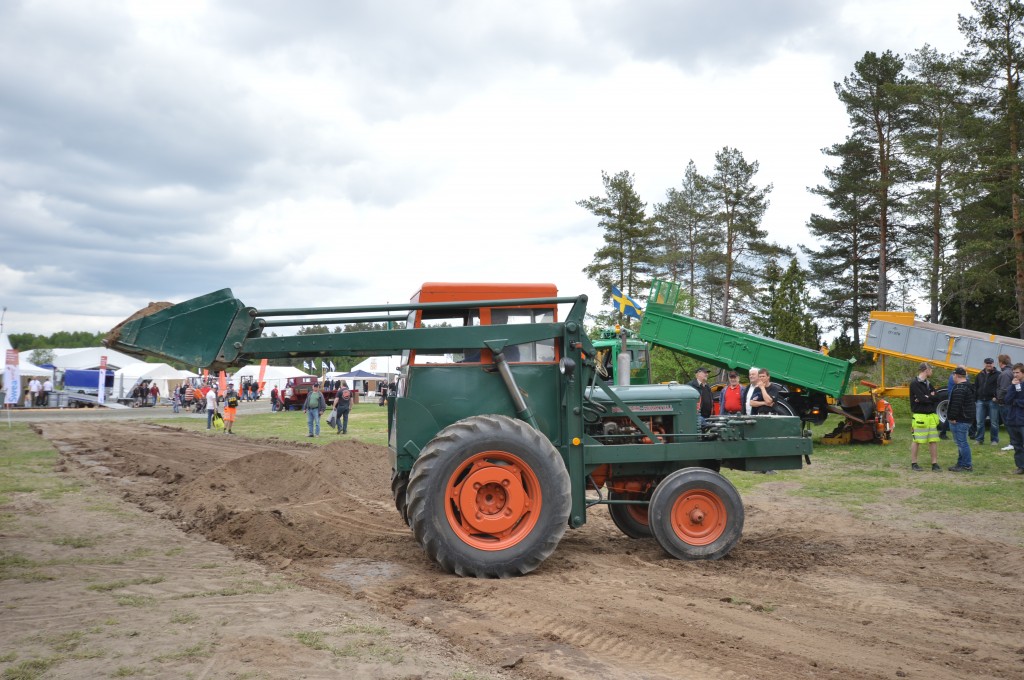
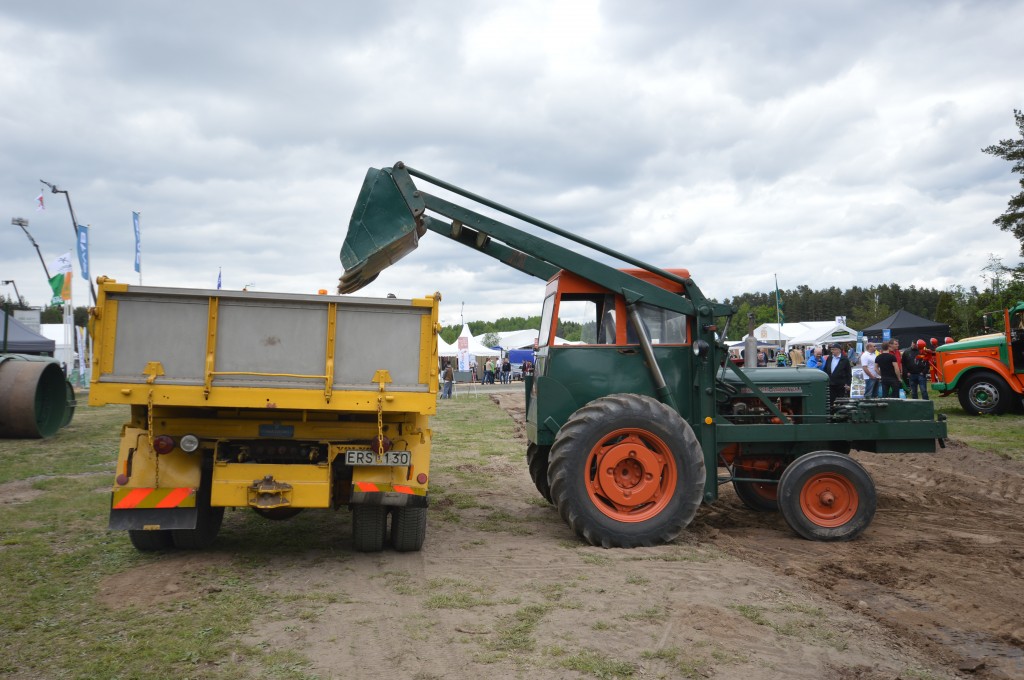
Up on the far side bank, another Bolinder-Munktell tractor was hard at work supplying the power to a primitive looking rock crusher unit. This crusher was however one that required loading by hand, a stark reminder of how hard work used to be back in those days.
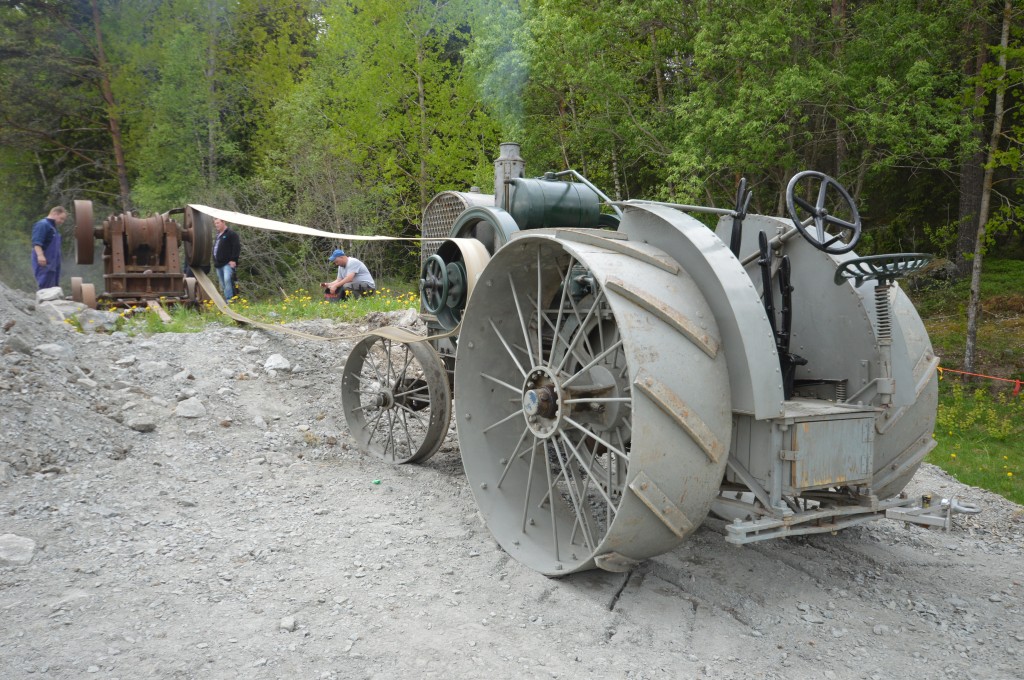
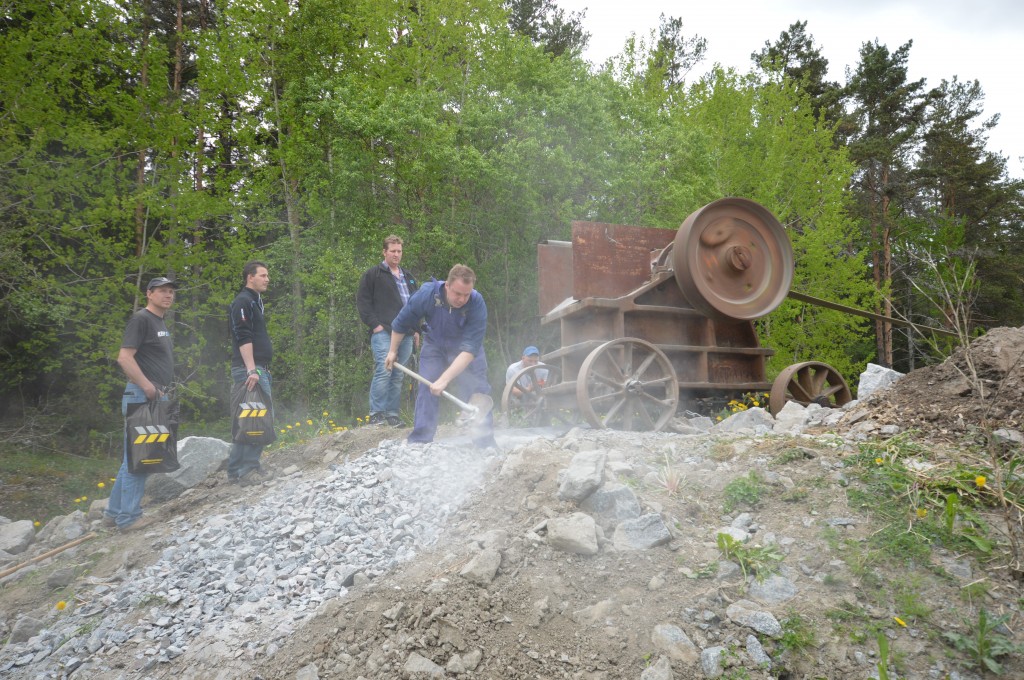
Once the stone was levelled by the motor grader, the team deployed a 1939 model Bolinder-Munktell 8-12 tonne roller. Munktells had been building rollers since 1913 and the basic design remained the same for many years. This machine has been lovingly restored by Lars-Uno Karlsson.
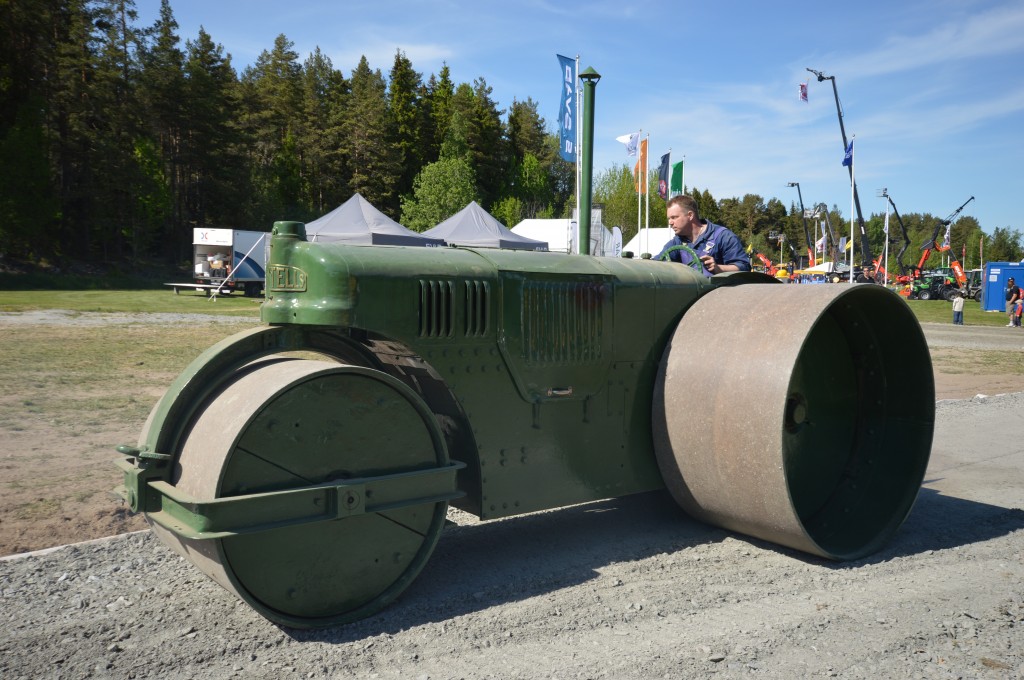
Adding to the real feel of the display was a 1940’s version of the modern day Oasis unit. The “Manskapsvagn” provided welfare for the travelling road crews, and even featured its own primitive chemical toilet, which was demonstrated by a mannequin in period clothes, tending to the call of nature!
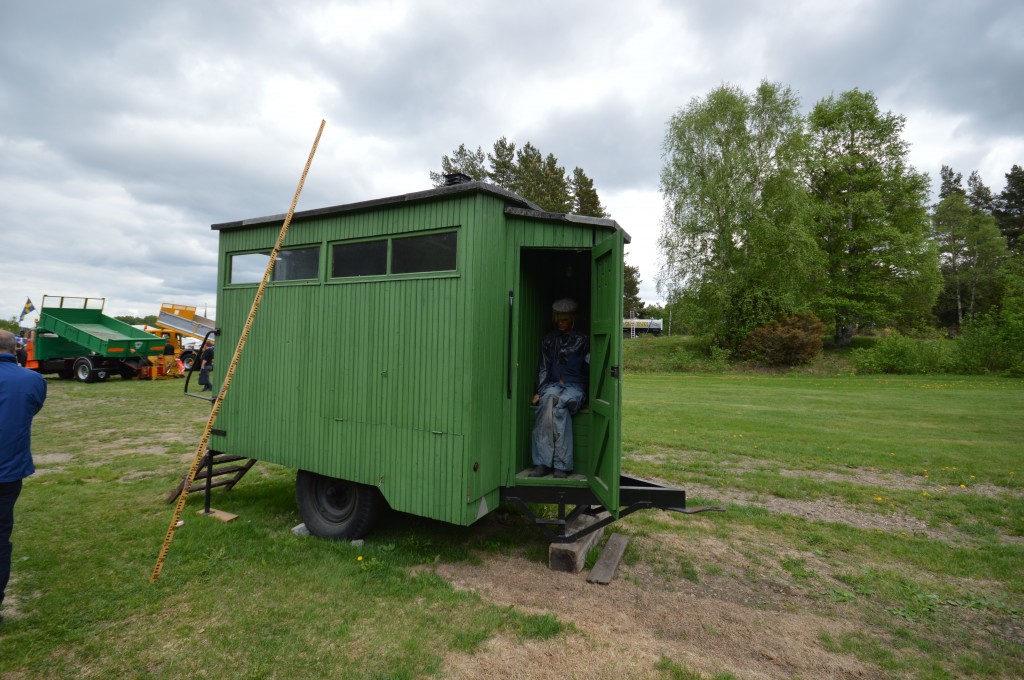
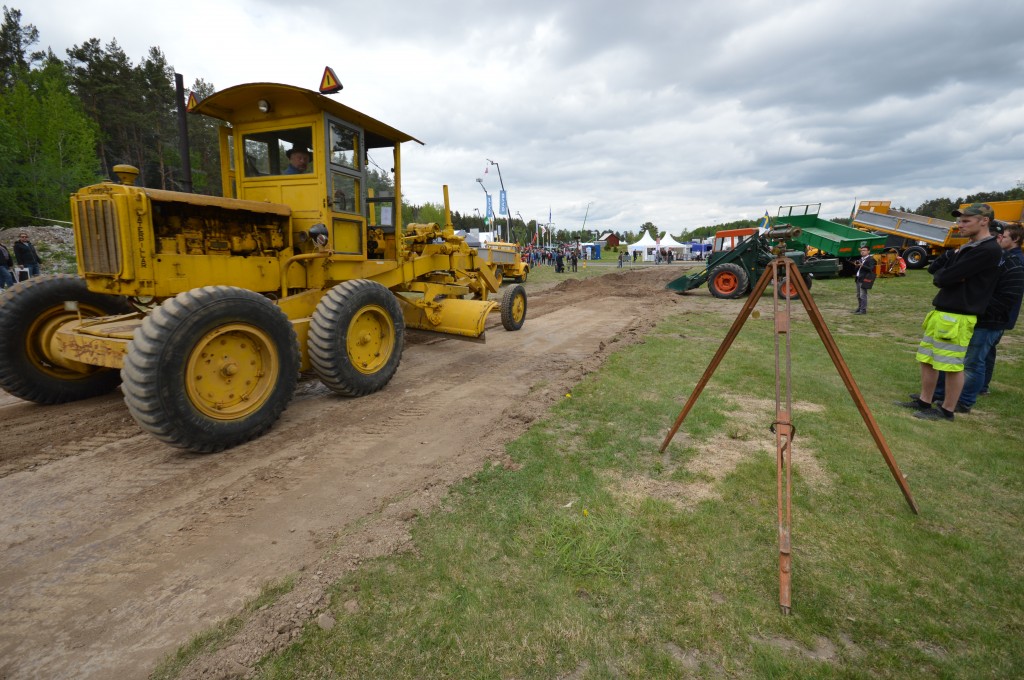
Many of these machines can be seen at the impressive Munktell Museum, in Eskilstuna, Sweden, somewhere I have never been to, but it’s high on my wish list for a visit in the future when I attend a Volvo days event.